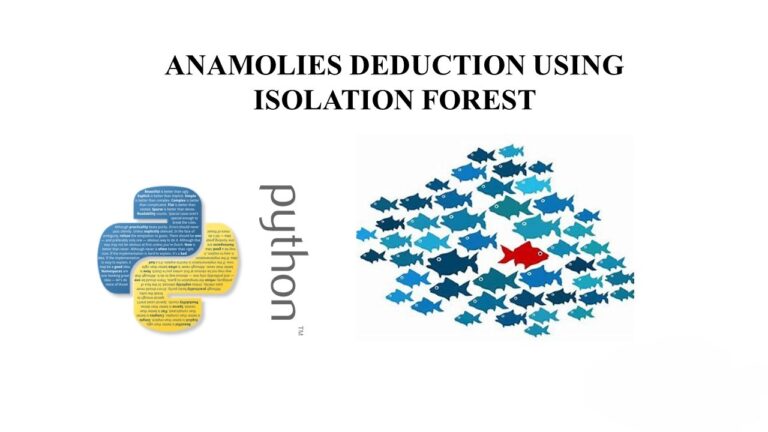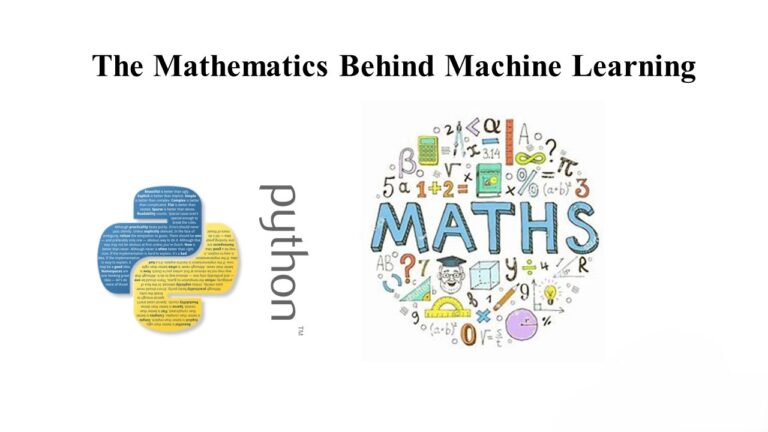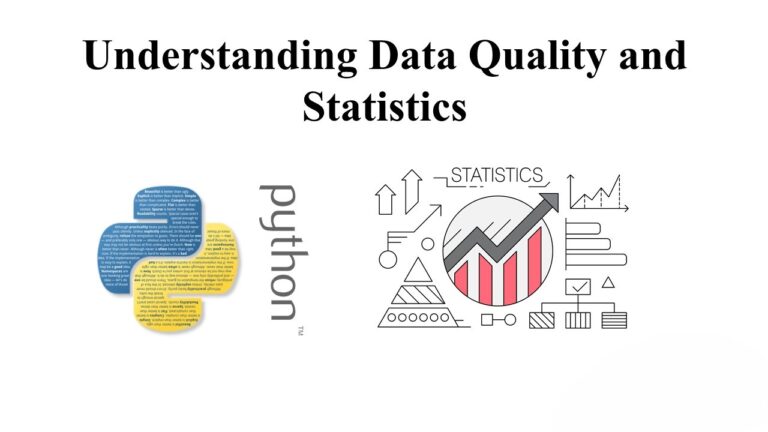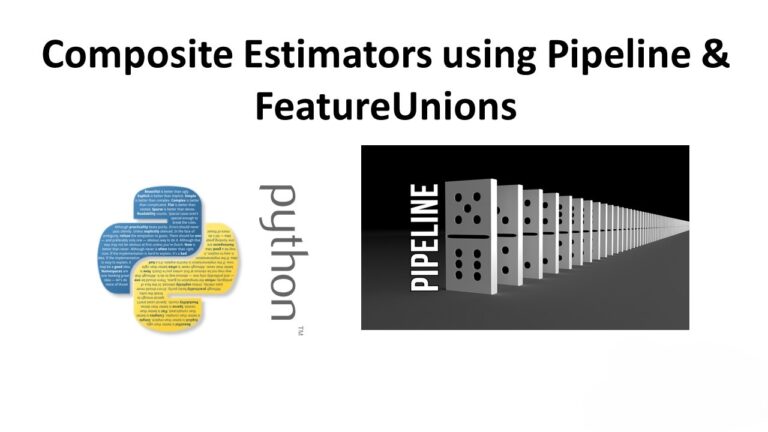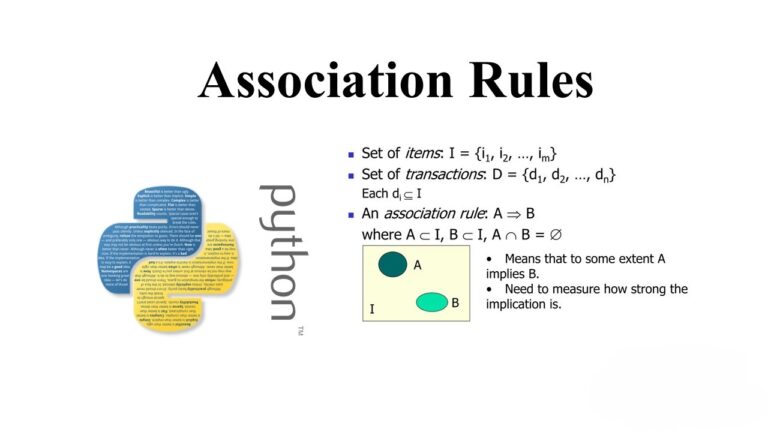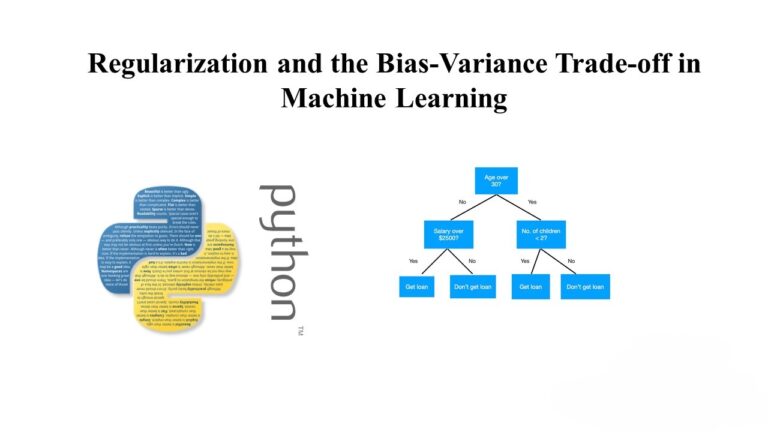Unlocking Anomaly Detection: Exploring Isolation Forests
In the vast landscape of machine learning, anomaly detection stands out as a critical application with wide-ranging implications. One powerful tool in this domain is the Isolation Forest algorithm, known for its efficiency and effectiveness in identifying outliers in data. Let’s delve into the fascinating world of Isolation Forests and their role in anomaly detection….

